Saffron basmati rice is a premium variety of basmati rice infused with real saffron threads, prized for its distinctive golden hue, floral aroma, and delicate flavor. This guide provides professional insights on selecting authentic saffron basmati, mastering the cooking process, and avoiding common mistakes to achieve restaurant-quality results at home.
What Is Saffron Basmati?
Saffron basmati originates from the Indian subcontinent, where basmati rice has been cultivated for centuries. The addition of saffron, the world's most expensive spice, transforms this traditional rice into a luxurious dish reserved for special occasions. Authentic saffron basmati is made by carefully infusing basmati grains with real saffron threads during processing, resulting in a rice that is both visually stunning and flavorful. According to culinary experts, genuine saffron basmati should have a subtle golden color and a delicate floral aroma, without artificial coloring or excessive saffron that would make it prohibitively expensive.
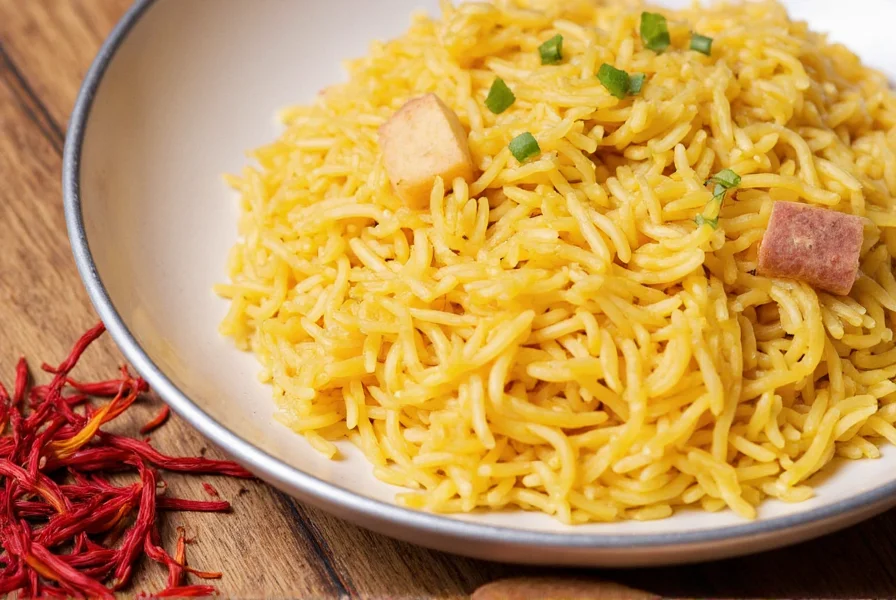
Why Saffron Basmati?
For those seeking both taste and elegance in their dishes, saffron basmati offers unique benefits:
- Flavor Depth: Saffron adds a complex, aromatic profile that enhances savory and sweet dishes alike.
- Visual Appeal: The natural golden hue creates stunning presentation for weddings, festivals, and gourmet meals.
- Culinary Versatility: Perfect for biryanis, pilafs, desserts, and even as a standalone side dish.
- Nutritional Value: Basmati rice is low-glycemic and high in complex carbs, while saffron provides antioxidants like crocin and safranal.
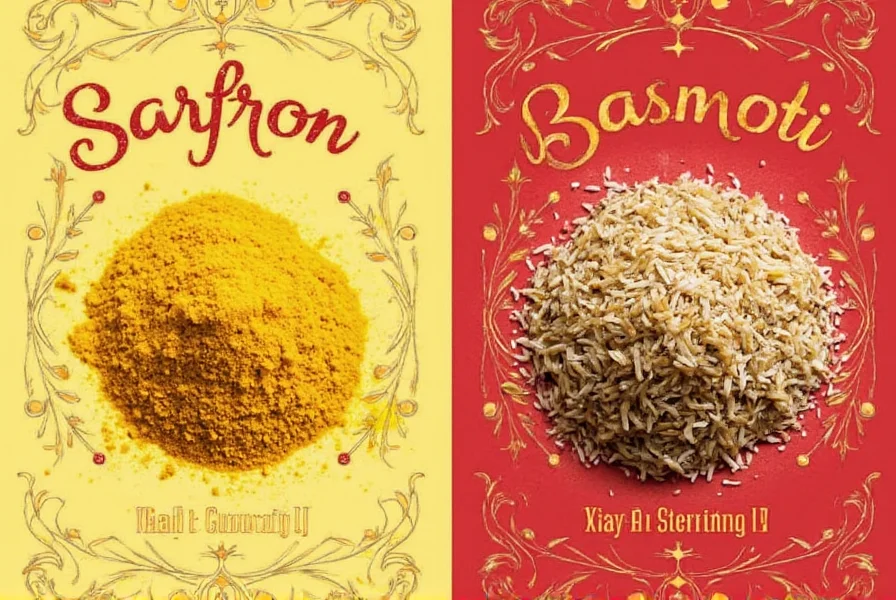
5 Expert Secrets for Perfect Saffron Basmati
- Proper Soaking Technique: Rinse rice thoroughly until water runs clear, then soak in room-temperature water for 30 minutes. This allows grains to absorb moisture evenly without becoming mushy.
- Saffron Infusion Timing: Steep saffron threads in warm milk or water for 15-20 minutes before adding to rice. Incorporate during the final 5 minutes of cooking to preserve delicate flavor compounds.
- Water Ratio Precision: Use a 1.5:1 water-to-rice ratio for perfect texture. Too much water causes sogginess; too little leads to undercooked grains.
- Resting Period Importance: After cooking, let rice rest covered for 10 minutes. This distributes steam evenly and prevents clumping.
- Dum Pukht Cooking Method: Seal the pot with a lid and use steam-sealing to cook slowly. Many top chefs add a green cardamom pod during cooking for authentic flavor depth.
Buying Guide for Saffron Basmati
| Feature | Description |
|---|---|
| Origin | Look for rice from India, Pakistan, or Iran, where authentic basmati is traditionally grown. |
| Color | Natural saffron infusion creates a pale golden hue, not bright yellow. Artificial coloring often results in overly vibrant color. |
| Aroma | Authentic saffron basmati has a subtle, floral scent. Strong chemical odors indicate artificial additives. |
| Texture | Grains should be long, slender, and separate when cooked. Avoid mushy or sticky rice. |
| Packaging | Choose vacuum-sealed or airtight containers to preserve freshness. Check for harvest dates and batch numbers. |
Trusted brands include:
- Kissan Saffron Basmati: Consistent quality with transparent sourcing. Ideal for everyday use and special occasions.
- Basmati by Punjab: Authentic traditional processing with minimal additives. Perfect for purists seeking genuine flavor.
- Mirchi Masala Saffron Basmati: Premium option with added Indian spices. Best for those who want extra flavor complexity.
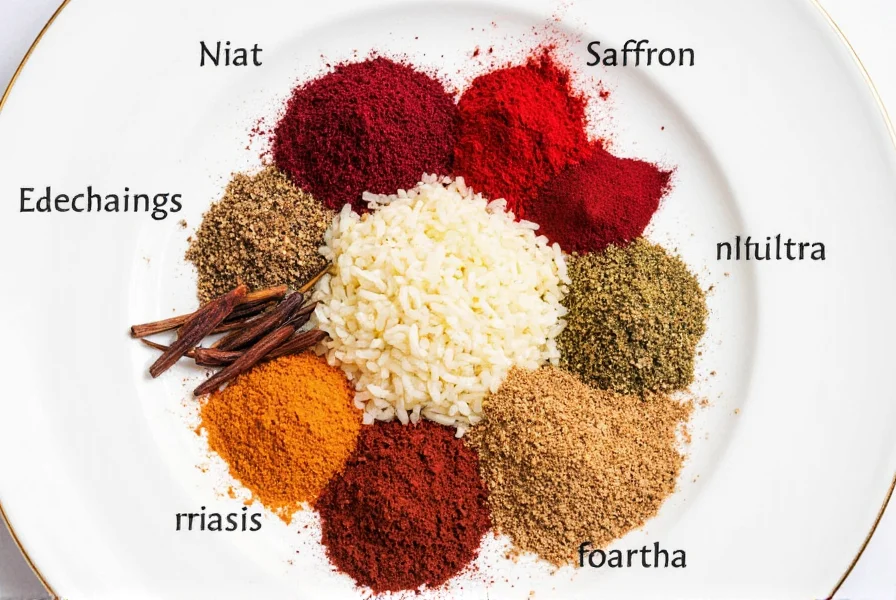
Frequently Asked Questions
What makes saffron basmati different from regular basmati rice?
Saffron basmati is specifically infused with saffron threads during processing, giving it a distinctive golden hue, floral aroma, and subtle earthy flavor that regular basmati lacks. The saffron is carefully integrated to ensure even distribution without compromising the delicate texture of the long-grain basmati rice.
How much saffron is typically used in authentic saffron basmati rice?
Authentic saffron basmati contains approximately 0.3-0.5% saffron by weight. High-quality varieties may contain up to 1%, but anything higher is often a sign of artificial coloring. True saffron basmati relies on the natural infusion process rather than excessive saffron, which would be prohibitively expensive given saffron's status as the world's most expensive spice.
Can I make saffron basmati rice at home with regular basmati and saffron?
Yes, but professional technique matters. Toast saffron threads lightly first, then steep in warm liquid for 20 minutes before adding to partially cooked rice. For authentic results, add the saffron infusion during the final 5 minutes of cooking, not at the beginning, to preserve its delicate flavor compounds.
Why does my saffron basmati rice sometimes turn out sticky despite following instructions?
This usually stems from three overlooked factors: 1) Insufficient rinsing to remove excess starch, 2) Using hot water for soaking (should be room temperature), or 3) Disturbing the rice during initial cooking. The professional trick is to let rice rest undisturbed for the first 10 minutes of cooking before checking.
What's the secret to getting restaurant-style saffron basmati at home?
The professional secret involves a two-stage cooking process: First, parboil rice until 70% cooked, then drain and air-dry for 15 minutes to remove surface moisture. Finish cooking with saffron infusion using the dum pukht (steam-sealing) method for perfectly separated grains and maximum flavor absorption. Many top chefs add a green cardamom pod during cooking for authentic flavor dimension.

Common Mistakes to Avoid
- Overcooking: Check rice regularly. Overcooked saffron basmati becomes sticky and loses its fluffy texture.
- Using Too Much Water: Stick to the 1.5:1 water-to-rice ratio. Excess water creates soggy rice.
- Skipping the Soaking Step: Soaking ensures even cooking and prevents undercooked centers.
- Adding Saffron Too Early: Adding saffron at the start causes flavor loss. Infuse during the final cooking phase.
- Not Fluffing the Rice: Use a fork to gently separate grains after cooking for perfect texture.
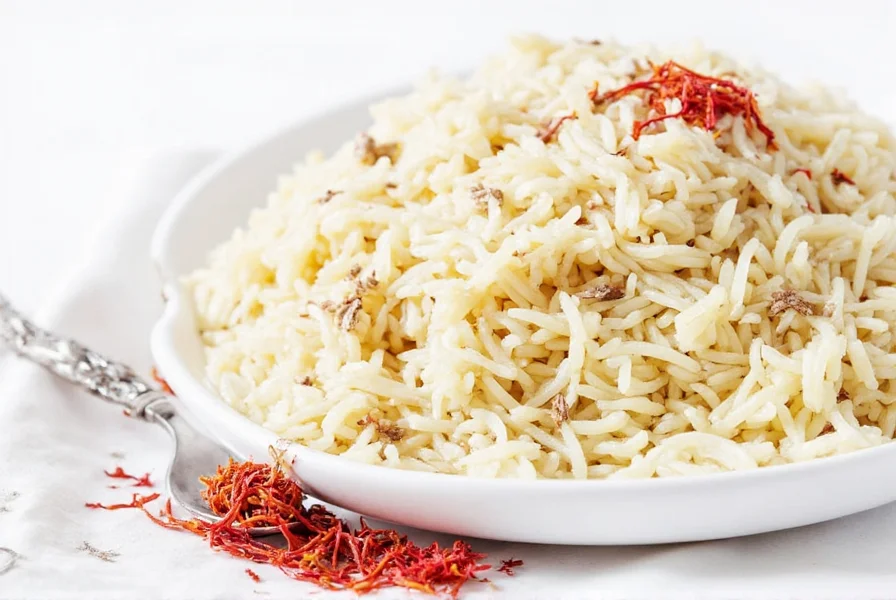
Conclusion
Saffron basmati is more than just rice—it's a celebration of culinary artistry. From its rich aroma to its golden hue, this premium ingredient transforms ordinary meals into extraordinary experiences. By selecting authentic products, mastering professional techniques, and avoiding common pitfalls, you can consistently achieve restaurant-quality results at home. Remember: true excellence comes from respecting the ingredients and the traditions behind them.
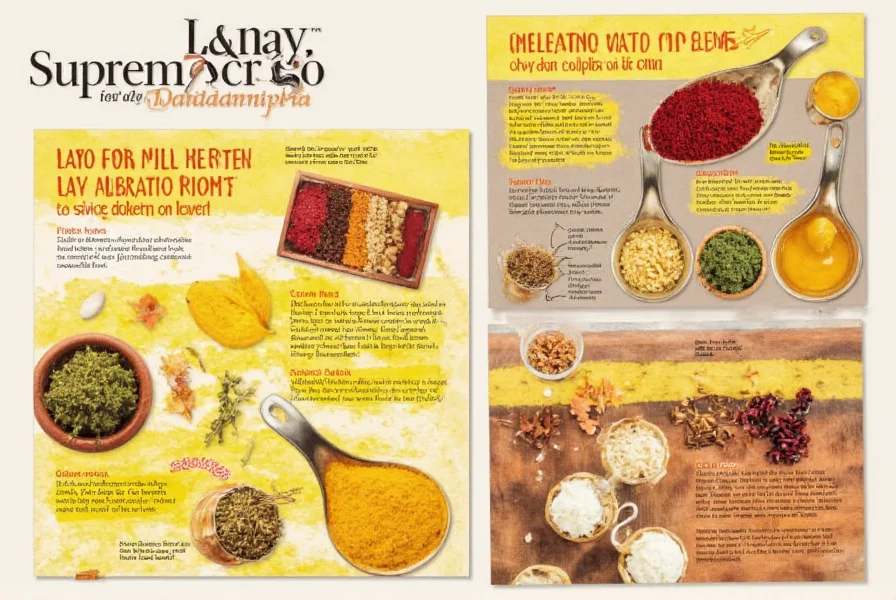

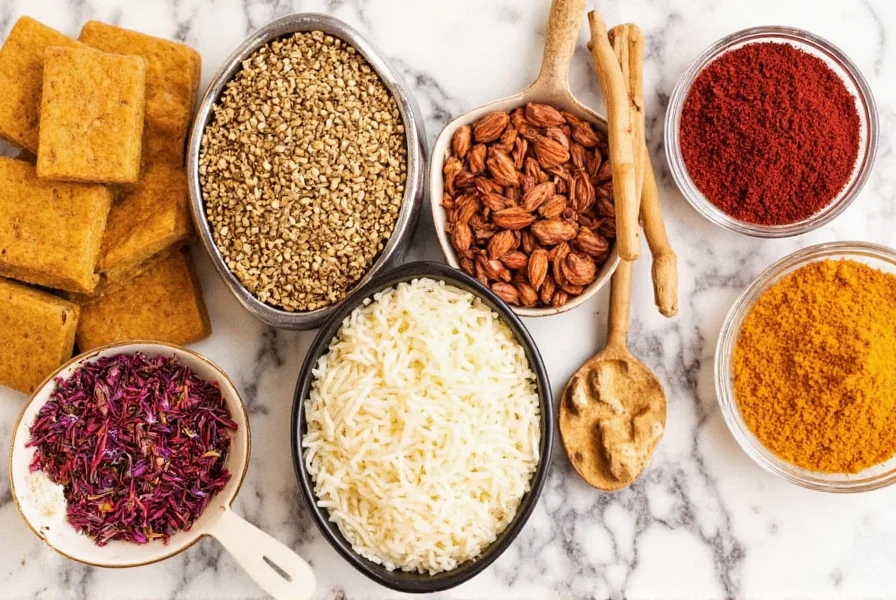









 浙公网安备
33010002000092号
浙公网安备
33010002000092号 浙B2-20120091-4
浙B2-20120091-4